Does this situation sound familiar to you? You hire an agency to redesign your website. After some initial discovery, they come back to you with a variety of homepage iterations. Maybe some people on your team like one approach, while others like a different one, and some don’t like any of them at all. The process lurches forward, stalls, backtracks and takes twice as long (and costs twice as much) to complete as originally planned. Six months after launch, you’re still asking for changes to foundational pages, key visual elements and core language. You’re never really satisfied with it. Two years later, you start all over again.
I’ve noticed that when website redesigns turn into horror stories, it’s almost always because both the agency and the client are trying to solve a branding problem by building a new website. The client might think they know their brand, but if you ask five people on the leadership team to articulate it, you’ll get five different answers. They don’t really know who they are, where they’re going or how to get there, but they start building the website anyway in hopes that they’ll figure it out along the way. No wonder so many websites end up such a mess.
Your website is not the answer to your organization’s brand challenges, and your website should never take the wheel of your brand. Branding challenges need branding solutions.
But here’s a little secret: Once you figure out your brand, building your website doesn’t have to be so hard.
Website Design Is A Wasteful Way To Discover Your Brand
Someone I know inside the organization has since told me that they’ve had so many change orders that they’ve already paid double the originally quoted price. They’ve now rehired the same agency to redo their logos, which they’ve decided they don’t like. And they’re still not happy with the site, so they’ll likely end up spending more.
If you look closely at what happened with this client, you can see that they are in the process of figuring out their brand; they’re just doing it backward. They’re letting the website drive a stealthy branding process that is inefficient, inconsistent and ultimately less authentic and less likely to serve their goals.
They’re choosing their brand colors, logo, fonts and photo styles through the costly work of homepage iterations and change orders — and probably not fully considering whether they’ll work well in print ads, on t-shirts or on Instagram.
They’re stumbling along to the structure of their brand story through navigation decisions and letting common web design practices (a.k.a. “what everybody else is doing”) shape their narrative rather than taking a deeper look at their brand’s true story and letting that drive navigation.
They’re even roughing out their voice and tone through writing page titles, headlines, copy and calls to action, but none of it is guided by a strategic understanding of their brand message and how it should best be told.
You can see that these winding roads are slowly getting them closer to some approximation of their brand, but what a wasteful way to get there. The requirements and common practices of web collateral have played an outsized role in defining their brand’s destination. And as they create other marketing collateral that’s merely derivative of their website, much will likely be lost in the translation.
Brands Drive Efficiency, Consistency And Authenticity
My agency recently rebranded a nonprofit client that presents musicians in multiple venues all over Atlanta. Their old website included a very long history of the organization; it was basically an exhaustive “about” section. The history was well told and interesting, and it’s common practice for organizations to provide this kind of background. It all looked like good web design practices at first.
However, in focusing on developing their brand prior to a website redesign, we all came to understand that their true mission was to lift up local musicians and help them succeed. Their brand wasn’t about the history or the leadership of the organization. It was about the musicians. The musicians were what mattered.
When it came time to develop the new website, the long history went away and was replaced by in-depth stories about the musicians. Website imagery shifted from show posters and crowd photos to close-ups of the musicians. For every decision we made about the website redesign, we asked, “What serves our mission to lift up the musicians?”
To build your brand efficiently, consistently and authentically, I believe you have to work from a deeper understanding of your brand than the website design process can give you. Consider the demographics, motivations and ethos of your audience, as well as the value you’re offering and the message that best conveys that. Consider the experiences and connections you want to create with your customers or clients and the fundamentals of your brand identity.
When you define your brand first, you go into the web design process already knowing your color palette, photography styles, logos and fonts. You know your brand story and can let that guide your navigation. You know your messaging, voice and tone, so you know what your headlines and calls to action should say.
Apply best practices for information architecture and user journeys, and the website almost builds itself. Design choices are obvious. Most of your content is already written. And because you first took the time to get your brand right, the core pages and foundational messaging should endure for years to come.
In the end, your website and all of your other marketing collateral will better connect with your audience, serve your brand’s goals and support your organization’s growth. It can be easy, but only if you let your brand take the wheel.













